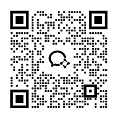What is the Load Capacity of a Single Row Angular Contact Ball Bearing?
Understanding the load capacity of a single row angular contact ball bearing is crucial for engineers and designers who need to select the right bearing for their applications. These specialized bearings are designed to handle both radial and axial loads simultaneously, making them versatile components in various mechanical systems. The load capacity - which determines how much weight or force a bearing can support without failing - varies depending on several factors including bearing size, contact angle, material properties, and operating conditions.
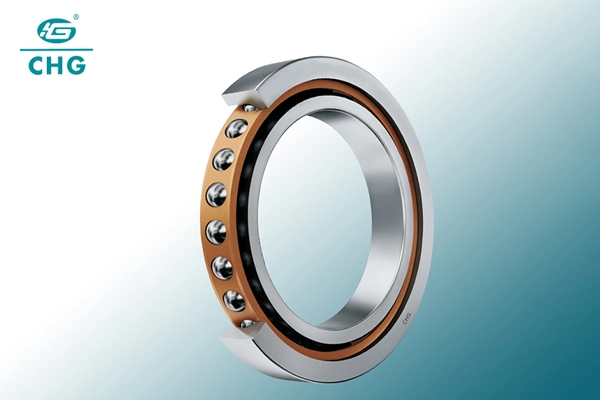
How do contact angles affect the load capacity of Angular Contact Ball Bearings Single Row?
Impact of Different Contact Angles on Axial Load Capacity
The contact angle of Angular Contact Ball Bearings Single Row significantly influences their axial load capacity. Typically ranging from 15° to 40°, these angles determine how the bearing distributes forces between radial and axial directions. Bearings with larger contact angles (30°-40°) can handle greater axial loads relative to radial loads. This occurs because the larger angle allows the balls to make contact with both raceways along a line that better aligns with axial forces. When selecting Angular Contact Ball Bearings Single Row for applications with predominant axial loads, engineers should prioritize bearings with higher contact angles. These bearings effectively transfer the axial force components through the balls to the raceways, minimizing stress concentration and enhancing overall load-bearing performance in the axial direction.
Relationship Between Contact Angle and Radial Load Capacity
While Angular Contact Ball Bearings Single Row with higher contact angles excel at handling axial loads, those with smaller angles (15°-25°) demonstrate superior radial load capacity. The smaller contact angle positions the ball-to-raceway contact points in a more radially oriented configuration, allowing these bearings to support greater radial forces relative to their size. When implementing Angular Contact Ball Bearings Single Row in applications where radial loads dominate, such as electric motors or pumps, bearings with lower contact angles prove more efficient. These bearings distribute the radial forces more evenly across the bearing components, reducing concentrated stresses and extending the operational lifespan when predominantly radial loads are present in the application.
Optimizing Contact Angles for Combined Load Applications
Most real-world applications require Angular Contact Ball Bearings Single Row to handle both radial and axial loads simultaneously, making the selection of an appropriate contact angle a critical design decision. For balanced load distributions, medium contact angles (25°-30°) offer the best compromise between axial and radial load capacities. Engineers must analyze the specific force ratios in their applications to determine the optimal contact angle. Some manufacturers offer Angular Contact Ball Bearings Single Row with universal contact angles specifically engineered to handle combined loads efficiently. These bearings incorporate precision-ground raceways and optimized internal geometries to maintain proper ball contact under varying load conditions, providing versatile performance across different operational scenarios without sacrificing load capacity in either direction.
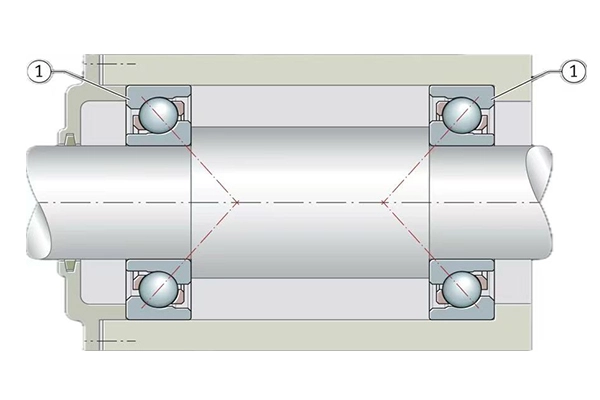
What factors determine the maximum static load rating of Angular Contact Ball Bearings Single Row?
Material Quality and Its Effect on Static Load Rating
The material composition of Angular Contact Ball Bearings Single Row plays a fundamental role in determining their static load capacity. High-quality bearing steel, typically chrome steel (AISI 52100) or stainless steel variants, offers superior hardness and structural integrity essential for withstanding heavy static loads. The steel's microstructure, particularly its carbide distribution and grain size, directly impacts the bearing's resistance to permanent deformation. Premium Angular Contact Ball Bearings Single Row undergo specialized heat treatment processes that enhance their metallurgical properties, resulting in higher static load ratings. Material purity also significantly affects performance, as inclusions or impurities can create stress concentration points that reduce the overall static load capacity. Modern manufacturing techniques for Angular Contact Ball Bearings Single Row incorporate rigorous material testing and selection to ensure consistent quality and reliability under high static load conditions.
Internal Geometry and Dimensional Precision
The internal geometry of Angular Contact Ball Bearings Single Row significantly influences their static load capacity. Critical geometric factors include the ball diameter, number of balls, raceway curvature, and internal clearances. Larger balls increase the contact area between balls and raceways, enhancing the static load rating proportionally. Similarly, optimizing the number of balls improves load distribution throughout the bearing assembly. Precision-manufactured Angular Contact Ball Bearings Single Row maintain tight dimensional tolerances, ensuring that load forces are evenly distributed across all rolling elements. Even minor deviations in raceway curvature can substantially reduce a bearing's static load capacity by creating uneven stress distributions. Advanced manufacturing processes for Angular Contact Ball Bearings Single Row, including computer-controlled grinding and super-finishing techniques, achieve the precision necessary for maximizing static load ratings while maintaining consistent performance across production batches.
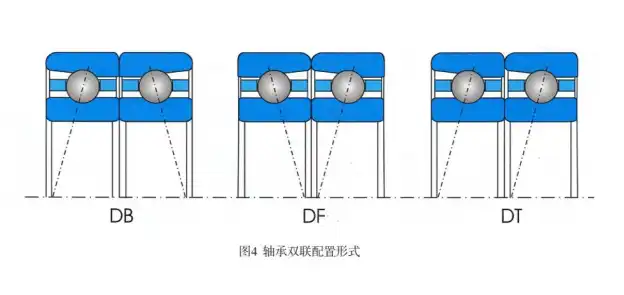
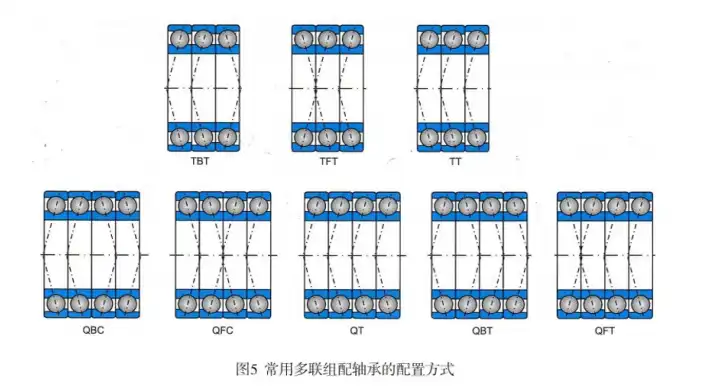
Surface Finishing and Raceway Hardness
The surface quality of Angular Contact Ball Bearings Single Row components profoundly affects their static load capacity. Modern manufacturing processes implement advanced finishing techniques that minimize surface roughness on balls and raceways to nanometer levels. This exceptional smoothness reduces stress concentrations that would otherwise compromise static load ratings. Additionally, the hardness of raceway surfaces, typically achieved through specialized heat treatment processes, directly correlates with the bearing's ability to withstand static loads without permanent indentation. Premium Angular Contact Ball Bearings Single Row feature precisely controlled surface hardness, usually ranging from 58-65 HRC (Rockwell C scale). The depth of this hardened layer must be carefully engineered – too shallow and it risks subsurface failure under heavy loads; too deep and it may introduce brittleness. The combination of optimal surface finishing and hardness profiles ensures that Angular Contact Ball Bearings Single Row can maintain their geometric integrity even when subjected to substantial static loads approaching their rated capacities.
How does preload influence the dynamic load capacity of Angular Contact Ball Bearings Single Row?
Preload Methods and Their Impact on Load Distribution
Preload in Angular Contact Ball Bearings Single Row refers to the application of an internal axial force that eliminates clearance between balls and raceways. This controlled internal stress significantly improves load distribution characteristics, thereby enhancing dynamic load capacity. Two primary methods exist for applying preload: solid preload (using spacers of precise dimensions) and spring preload (utilizing spring washers or similar components). Solid preload in Angular Contact Ball Bearings Single Row provides consistent performance under stable operating conditions but lacks adaptability to thermal expansion. Conversely, spring preload offers flexibility by accommodating dimensional changes during operation, maintaining optimal contact between components. The magnitude of preload must be carefully calibrated – excessive preload can reduce dynamic load capacity by generating excessive heat and accelerating fatigue, while insufficient preload allows for internal movement that compromises precision and load handling. For high-speed applications, Angular Contact Ball Bearings Single Row typically require lighter preload settings to prevent overheating, whereas heavy-load applications benefit from greater preload to maximize contact area and improve load distribution across all rolling elements.
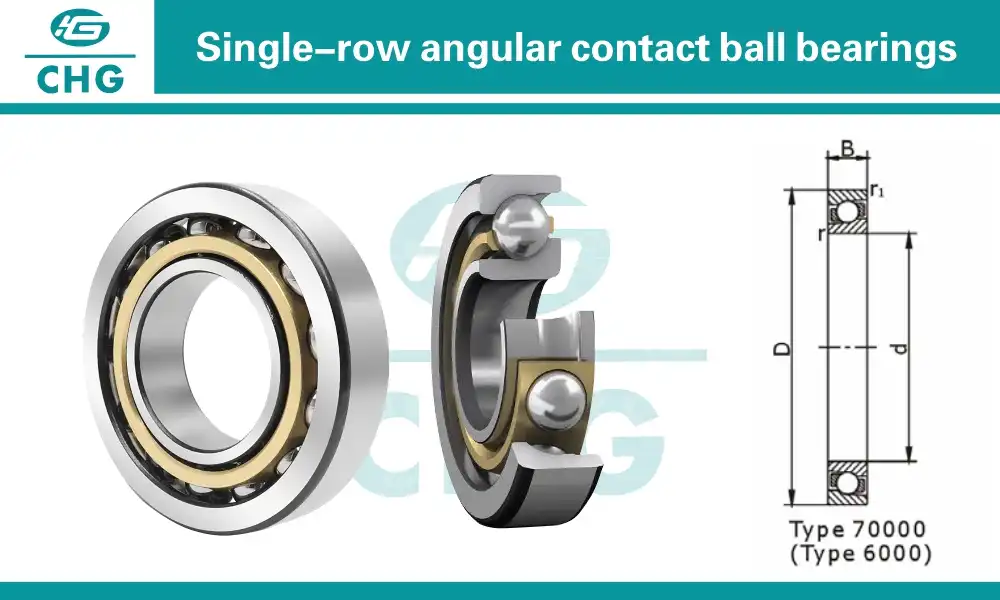
Preload Optimization for Different Operating Speeds
The relationship between preload and operating speed significantly influences the dynamic load capacity of Angular Contact Ball Bearings Single Row. As rotational speeds increase, centrifugal forces affect the rolling elements, potentially altering the effective preload and contact angles. At high speeds, excessive preload in Angular Contact Ball Bearings Single Row generates substantial heat through increased friction, which can reduce lubricant effectiveness and accelerate component fatigue. Conversely, at low speeds, heavier preload improves rigidity and load distribution without the problematic heat generation. Engineers must carefully balance these considerations when selecting preload values. Modern Angular Contact Ball Bearings Single Row designed for high-speed operations often incorporate special cage designs and optimized internal geometries that minimize the negative effects of centrifugal forces. Some advanced applications implement variable preload systems that adjust automatically based on operating conditions, enabling Angular Contact Ball Bearings Single Row to maintain optimal dynamic load capacity across a wider range of speeds and temperatures than conventional fixed-preload arrangements.
Thermal Effects on Preload and Dynamic Performance
Temperature fluctuations during operation significantly impact the effective preload and, consequently, the dynamic load capacity of Angular Contact Ball Bearings Single Row. As temperatures rise, bearing components expand at different rates depending on their materials and geometric configurations. This differential thermal expansion can substantially increase or decrease the effective preload, potentially pushing the bearing outside its optimal operating range. In precision applications utilizing Angular Contact Ball Bearings Single Row, even small changes in preload due to thermal effects can compromise positioning accuracy and load handling capabilities. Advanced bearing designs incorporate materials with matched thermal expansion coefficients to minimize these effects. Some high-performance Angular Contact Ball Bearings Single Row feature ceramic balls that exhibit lower thermal expansion than steel, maintaining more consistent preload across temperature ranges. Proper lubrication also plays a crucial role in thermal management, as it transports heat away from contact areas. Engineers must consider the full operating temperature range when specifying preload values for Angular Contact Ball Bearings Single Row, potentially selecting different configurations for applications with wide temperature variations to ensure consistent dynamic load capacity throughout the system's operational envelope.
Conclusion
Understanding the load capacity of single row angular contact ball bearings requires consideration of multiple factors including contact angles, material quality, internal geometry, surface finishing, and preload conditions. These bearings offer versatile performance for applications requiring both radial and axial load support when properly selected and installed. The optimal bearing choice depends on specific application requirements, operating conditions, and load characteristics to ensure reliable performance and extended service life.
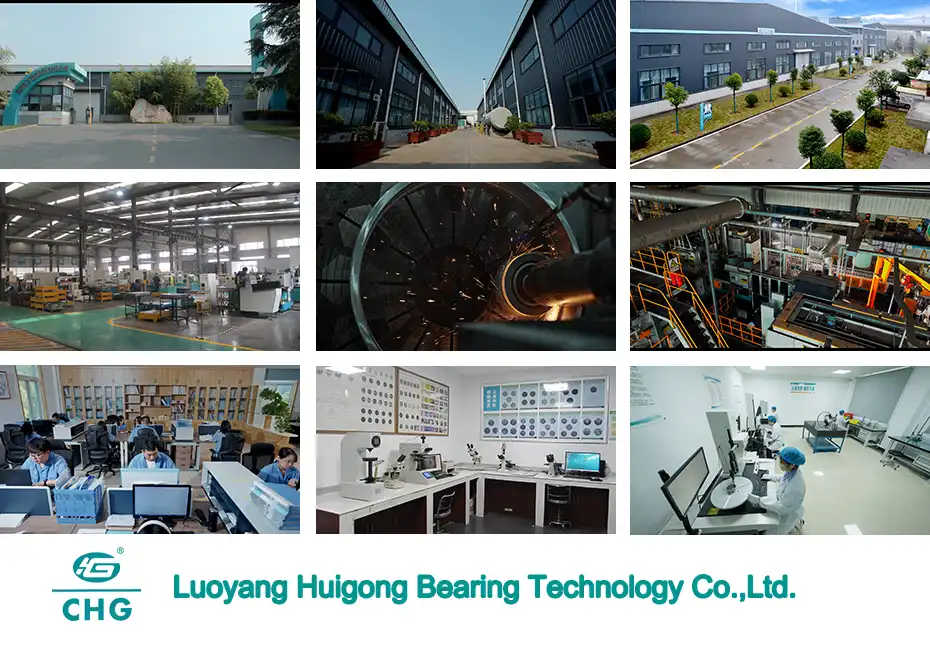
Luoyang Huigong Bearing Technology Co., Ltd. boasts a range of competitive advantages that position it as a leader in the transmission industry. Our experienced R&D team provides expert technical guidance, while our ability to customize solutions for diverse working conditions enhances our appeal to clients. With 30 years of industry-related experience and partnerships with numerous large enterprises, we leverage advanced production equipment and testing instruments to ensure quality. Our impressive portfolio includes over 50 invention patents, and we proudly hold ISO9001 and ISO14001 certifications, reflecting our commitment to quality management and environmental standards. Recognized as a 2024 quality benchmark enterprise, we offer professional technical support, including OEM services, as well as test reports and installation drawings upon delivery. Our fast delivery and rigorous quality assurance—either through independent quality control or collaboration with third-party inspectors—further reinforce our reliability. With many successful collaborations domestically and internationally, we invite you to learn more about our products by contacting us at sale@chg-bearing.com or calling our hotline at +86-0379-65793878.
References
1. Harris, T.A. and Kotzalas, M.N. (2023). Essential Concepts of Bearing Technology. CRC Press, Boca Raton.
2. SKF Group. (2022). Bearing Selection Principles: Engineering Handbook. SKF Publications, Gothenburg, Sweden.
3. Widner, R.L. and Littmann, W.E. (2024). Practical Bearing Analysis and Tribology. American Society of Mechanical Engineers, New York.
4. Eschmann, P., Hasbargen, L., and Weigand, K. (2021). Ball and Roller Bearings: Theory, Design, and Application. John Wiley & Sons, Chichester.
5. NSK Ltd. (2023). Technical Report: Load Ratings and Life Calculations in Rolling Bearings. NSK Technical Journal, Vol. 28, pp. 45-62.
6. Timken Company. (2024). Engineering Manual: Bearing Load Capacity and Selection Guide. The Timken Company, North Canton, Ohio.
